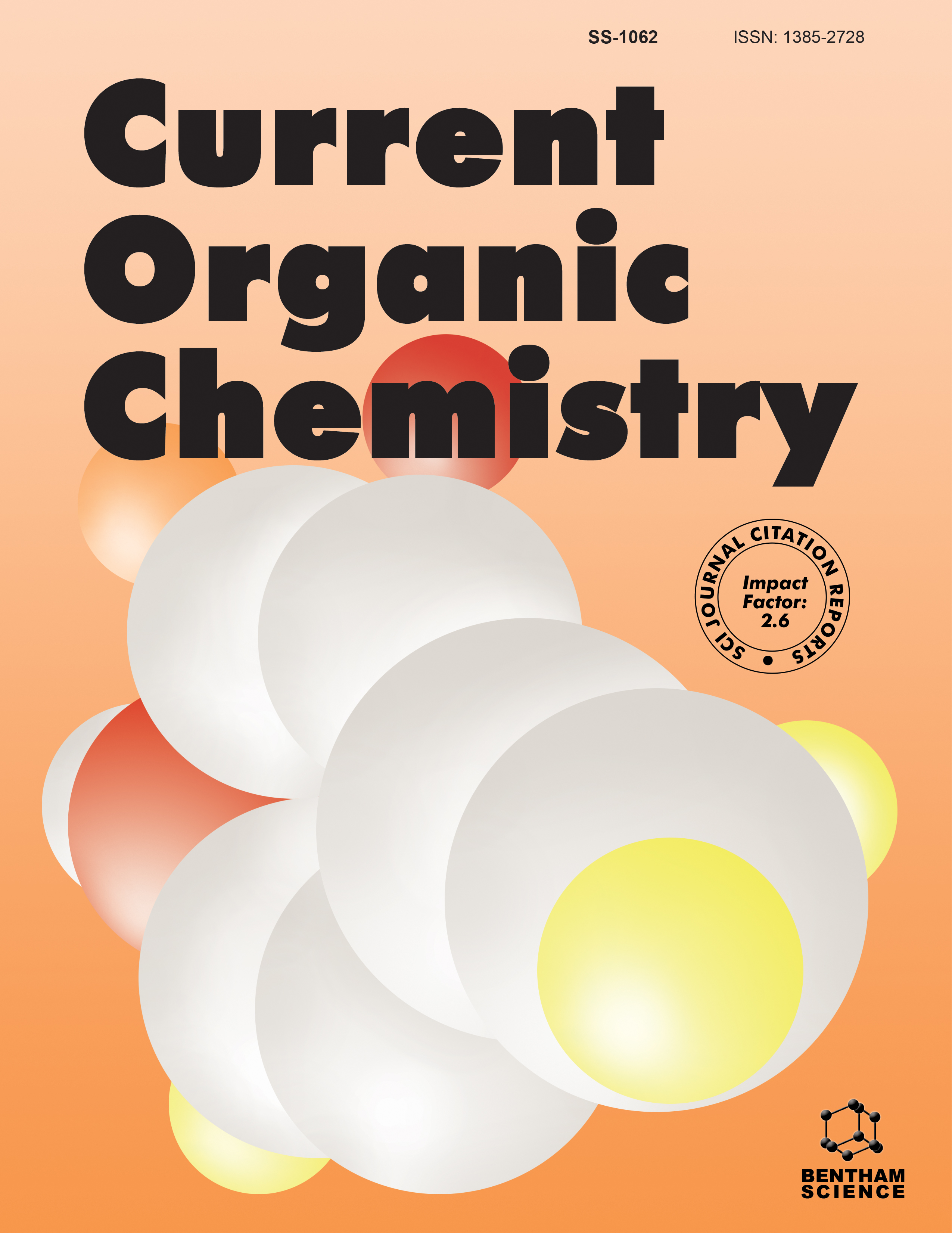-
oa Editorial [Hot Topic: Application of Cyclodextrins in Modern Chemistry—Based on Weak Molecule-molecule and Molecule-ion Interactions (Guest Editor: Le Xin Song)]
- Source: Current Organic Chemistry, Volume 15, Issue 6, Mar 2011, p. 801 - 801
-
- 01 Mar 2011
- Previous Article
- Table of Contents
- Next Article
Abstract
In 1998, the development of cyclodextrin chemistry was reviewed comprehensively by a special issue in Chemical Review. Until now, thousands of papers about cyclodextrin chemistry have been published, including many new discoveries and achievements concerning organic chemistry. Here we present a special issue “Application of Cyclodextrins in Modern Chemistry—Based on Weak Molecule-molecule and Molecule-ion Interactions” to document the recent trends in the field of cyclodextrin chemistry. We would appreciate those scholars who wish to contribute a review article to the special issue. The contents of this special issue are listed as followed from many aspects. Kraus summarized his work in this field of cyclodextrins bearing pendant cationic or anionic moieties published till the year 2009, including most common synthetic methods for the preparation of charged cyclodextrin derivatives, and examples of their applications in bioorganic chemistry and pharmacy. Caira discussed structural aspects of crystalline cyclodextrin derivatives and their inclusion complexes. First, the role of single crystal XRD and the under-utilized power of powder XRD were evaluated, and a survey of crystal structures of pure CD hosts and CD inclusion compounds carried out during the last six years is presented. Then, the entries range from simple alkylated derivatives to elegant multisubstituted target CD molecules, with and without included guests. For the majority of the entries described, the main structural features gleaned by XRD methods are outlined and their relevance to applications is highlighted. Yamamoto et al. described effects of cyclodextrins on the conformation of proteins. The effects can be classified to those on the main chains as well as those on the side chains of amino acid residues of proteins. As another application using the effect of cyclodextrins on the main chain of protein, the technique of so called molecular imprinting is extensively studied. Cai et al. summarized a number of free-energy methods and how they were applied recently to the estimation of association free energies of CD inclusion complexes as a quantitative route towards an improved understanding of complexation processes. Dang et al. analyzed representative PXRD spectra of all kinds of CD complexes reported in these years. CD hydrates and CD inclusion complexes of organic compounds, polymers and transition metal coordination compounds were evaluated systematically. According to the results, the geometric differences in spatial structures of CD supramolecules were associated with the different intermolecular interactions due to different inclusion behaviors between CDs and guests. And several influence factors for the PXRD spectra of CD complexes were summarized. Pan et al. attempted to elucidate the role of CDs and their derivatives in regulation of the formation of inorganic nano particles (INPs) and formulates a simple relationship that will provide an insight into some of the strategies developed to improve the crystalline phase, surface area, particle size and morphology of INPs.


